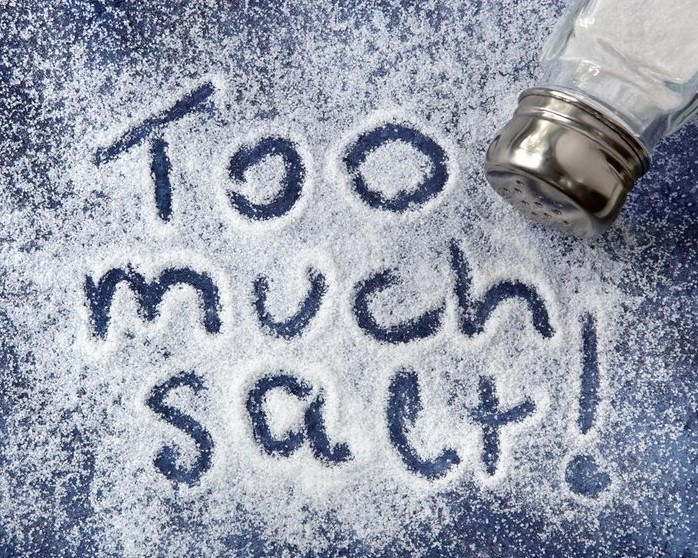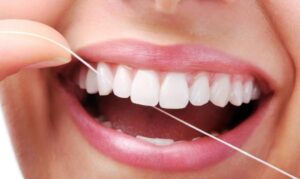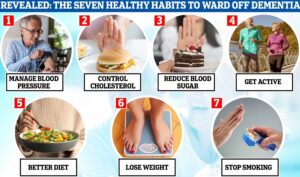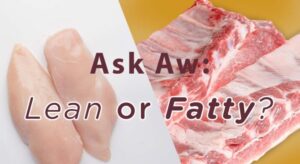The Importance of Regulating Sodium in Your Diet
In today’s fast-paced world, convenience often trumps health, leading to dietary choices that might not always be in our best interest. One such concern is the high sodium intake prevalent in many American diets. The startling fact is that the average American consumes around 3,400 mg of sodium daily. This figure is significantly higher than the Dietary Guidelines for Americans’ recommended limit of 2,300 mg. But why is this a cause for concern?
Understanding the Risks of High Sodium Intake
Sodium, commonly found in table salt, is a mineral essential for various bodily functions, including maintaining fluid balance and transmitting nerve impulses. However, when consumed in excess, it can have detrimental effects on our health. Common culprits of high sodium content include foods like pizzas, deli meats, and canned soups. Overconsumption of these foods can lead to health complications such as elevated blood pressure, which increases the risk of heart diseases and strokes. Furthermore, excessive sodium can strain the kidneys, organs vital for filtering out waste from our bloodstream. Over time, this strain can lead to kidney damage or even failure.
Embarking on a Low-Sodium Lifestyle: Practical Strategies
Reducing sodium in your diet doesn’t mean compromising on flavor or satisfaction. Here are some actionable strategies to help you make healthier choices:
1. Become a Label Detective: Always scrutinize food labels when grocery shopping. The sodium content is prominently displayed, allowing you to make informed choices. Aim for products with sodium content contributing to less than 100% of the daily value.
2. Fresh is Best: Fresh produce, especially meats and poultry, naturally contains minimal sodium. In contrast, processed meats are often laden with added sodium, used as a preservative or flavor enhancer. By choosing fresh ingredients, you reduce sodium and consume more nutrients.
3. Embrace Home Cooking: While grabbing a fast-food meal or a frozen dinner might be convenient, these options are typically high in sodium. Cooking at home gives you control over ingredients, ensuring meals are both tasty and healthy.
4. Practice Portion Control: It’s not just about what you eat, but also how much. By reducing portion sizes, you inherently reduce sodium intake. When eating out, consider sharing dishes or packing leftovers for another meal.
5. Explore Flavorful Alternatives: There’s a world of flavors beyond salt. Seasonings like chili powder, lemon zest, or smoked paprika can elevate a dish without the added sodium. Experiment with herbs, spices, and citrus to discover new taste profiles.
6. Snack Wisely: Snacking can be a hidden source of sodium. Choose low-sodium options like unsalted nuts, fresh fruits, or veggies with hummus. Remember, healthy snacks can be delicious too!
Starting Your Low-Sodium Adventure
Transitioning to a low-sodium diet might seem challenging initially, but with determination and knowledge, it’s entirely feasible. Start by tasting food before reaching for the salt shaker. Often, foods already have adequate salt, and additional seasoning might be unnecessary. Incorporate natural flavor enhancers like onions, garlic, and herbs into your cooking. When using canned products, a simple rinse can reduce the sodium content significantly. And be always on the lookout for reduced-sodium versions of your favorite condiments and packaged foods.
Next Level Medical Clinic: Your Partner in Health
If you’re in Harlingen, TX, and have concerns about your sodium intake or its potential effects on your health, Next Level Medical Clinic is here to assist. Specializing in preventive care and treatments for kidney-related conditions, our team, led by Mrs. Magdalena Salinas, APRN, FNP-C, RNFA, is dedicated to your well-being. Schedule your appointment today by calling (956) 622-3068. Prioritizing your health is our mission.









